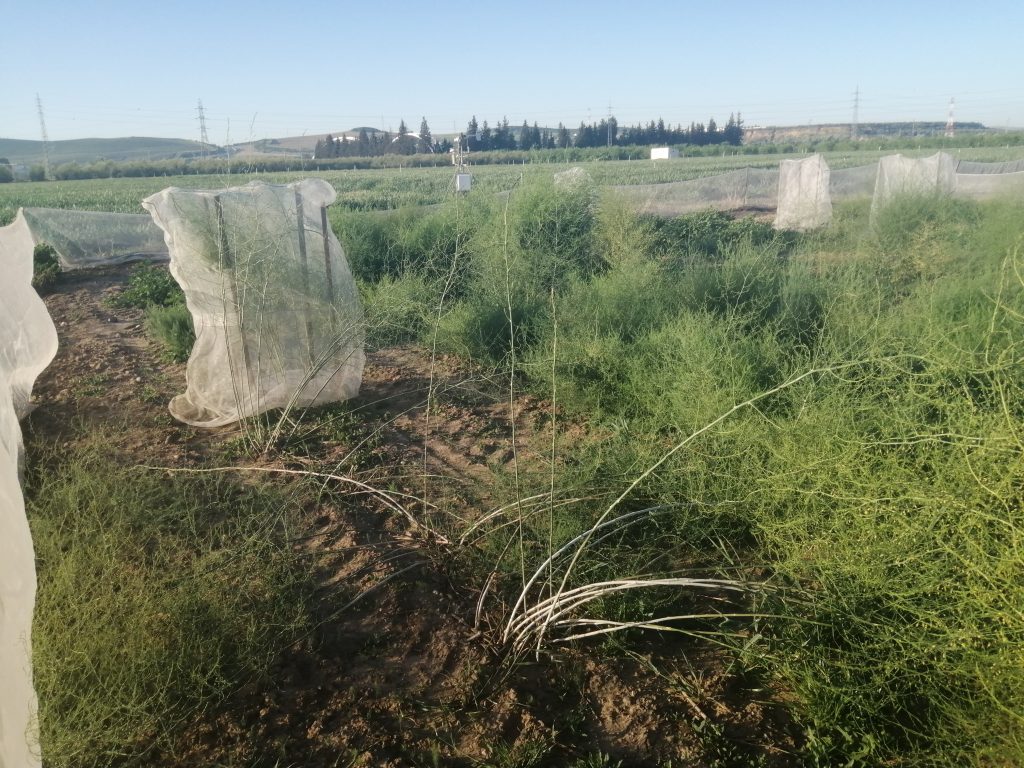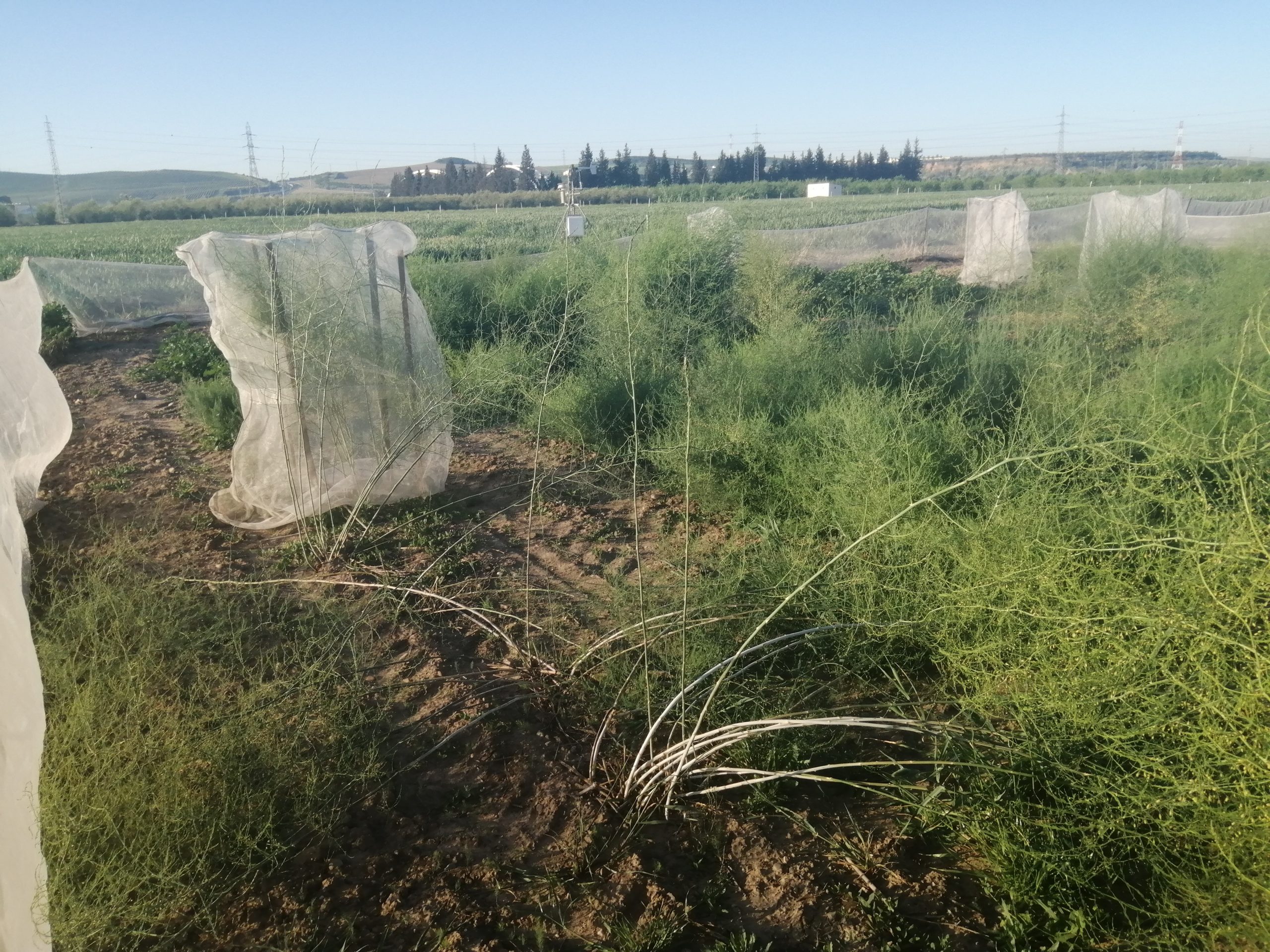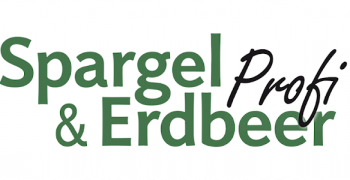Making it easier to spot a “supermale”
In the current scenario of climate change, and with problems such as the soil-borne disease caused by Fusarium spp. compromising production, developing asparagus with traits such as resistance to aridity, diseases and pests is of great interest. A narrow genetic base for the diploid cultivars has been reported for this crop. Thus, a major goal in breeding programmes today is to develop new asparagus germplasm (13). Of particular interest is developing the ability to more easily exploit traits from wild species and landraces (traditional varieties that have naturally evolved traits to thrive in a specific region and climate).
Identifying “supermales” is time-consuming
Most flowering plants used as crops are hermaphrodites (monoecious) but commercially-grown asparagus belongs to the Asparagus subgenus, which is composed of dioecious species that have male (XY) and female (XX) flowers on separate plants. The male plants are generally preferred by growers due to their higher yields and longer life than female plants and the fact they don’t produce seeds, avoiding the further growth of the asparagus seeds into weeds. To develop male hybrid cultivars, breeders first seek to produce YY “supermales”. When they cross these with a female plant, all the resulting progeny consist exclusively of male (XY) plants. Supermales can be obtained in two ways: i) by self pollination of andromonoecious plants (with both male and hermaphrodite flowers on the same plant), which can be found among wild or cultivated asparagus plants but with a very low frequency; ii) by anthers in vitro culture, which is technically difficult and genotype-dependent (1).
Until recently, breeders have lacked a way to quickly distinguish XY males from the YY supermales they need to produce the all-male seed. Since there are no morphological differences between males and supermales, a test-cross with a female and further evaluation of the progeny is needed. According to researchers from the asparagus breeding programme at the University of Cordoba (UCO), the whole process to establish a useful supermale currently takes about 24 months. Having a rapid way to identify the supermales would pave the way for more efficient development of new asparagus hybrids. To develop such a diagnostic test, the university’s researchers are harnessing techniques like polymerase chain reaction (PCR), which has revolutionised the study of DNA, and recent advances in whole-genome sequencing of asparagus.
Developing a supermales test based on qPCR
“We propose to develop a systematic method using quantitative real-time PCR (real-time qPCR) for supermale diagnosis based on the dose level of a specific nucleotide sequence tightly linked to the male determining locus,” the researchers told Asparagus World. Put crudely, that involves using real-time qPCR to look for a specific DNA building block closely connected to the region on the plant’s chromosomes where genes responsible for determining the development of male characteristics are found. By measuring the number of copies of this molecule, scientists can tell if the plant is a supermale or not.
Such an approach was attempted in 2011 (2) but involved only diploid genotypes with a small sample size and there was some inconsistency in the data produced. “Knowledge has been gained on molecular features in the asparagus genome since 2011 and, nowadays, the research community is in a position to rethink past inconsistent data and design new experiments to achieve a long-sought objective,” the UCO researchers told Asparagus World. Also in their favour, they add, are recent advances in whole-genome sequencing revealing the presence of a male specific region on the male-specific (Y) chromosome, which contains two sex determination genes, as well as the fact that the team has developed a number of different polyploid male plants (YXXX, YYXX, YYYX and YYYY).
Most commercial asparagus varieties today are diploid, meaning their seeds contain two complete sets of chromosomes, one from each parent. In comparison, tetraploid genotypes contain four sets and the term polyploid applies to all those with more than two full sets. For diploid varieties, a useful way of detecting supermales already exists and is based on use of a sex-linked marker called RM17(3). This marker has proven successful in use for germplasm of most modern asparagus cultivars that can be traced back to the Dutch population ‘Violet Dutch’ (18th century). “However, the marker is not useful for working on polyploid varieties such as ‘Morado de Huétor’ and wild species,” the UCO researchers said. This is a hurdle they want to overcome not just in order to enlarge the genetic variability of the current asparagus cultivars, but also for reasons including that polyploid asparagus varieties may be valuable to explore in order to address climate change challenges. Hence, they are focusing on developing a reliable approach to identify supermale lines that’s independent of the ploidy level.
Wild species traits of interest to breeders
Tolerance of, or resistance to, biotic (caused by living things) and abiotic stresses has been reported among wild asparagus species.(4) When it comes to abiotic stresses, the UCO researchers said that it’s of interest that some wild species grow near the seaside (A. prostatus, A. maritimus, and A. macrorrhizus) or in arid and high-salinity environments (such as A. breslerianus) (5, 6) with implications for tolerance to abiotic stresses. In terms of biotic stresses, Fusarium spp. plays a significant role in Asparagus Decline Syndrome (ADS), which severely compromises the current asparagus production. Several species belonging to the Fusarium genus such as F. oxysporum, F. redolens or F. proliferatum are mainly associated with ADS, with F. oxysporum the most prevalent in Spain.(7) Currently, no resistant cultivars have been described and a high level of resistance has been found only in A. densiflorus (8), a wild species belonging to a different subgenus than the cultivated one and for which sex incompatibility has been reported (9), the researchers say. Other pathogens related to ADS are the viruses AV1 and AVII, possibly because infected plants are more susceptible to diseases caused by Fusarium spp.(10). High resistance to AV1 has been reported in wild species of the Asparagus genus, including crop wild relatives (CWR) such as A. prostratus, A. maritimus and A. pseudoscaber (4,11). The University of Cordoba group is going to collaborate with a team of German researchers (12) in order to phenotype the UCO’s collection of CWR species for resistance to Fusarium and virus diseases.
























